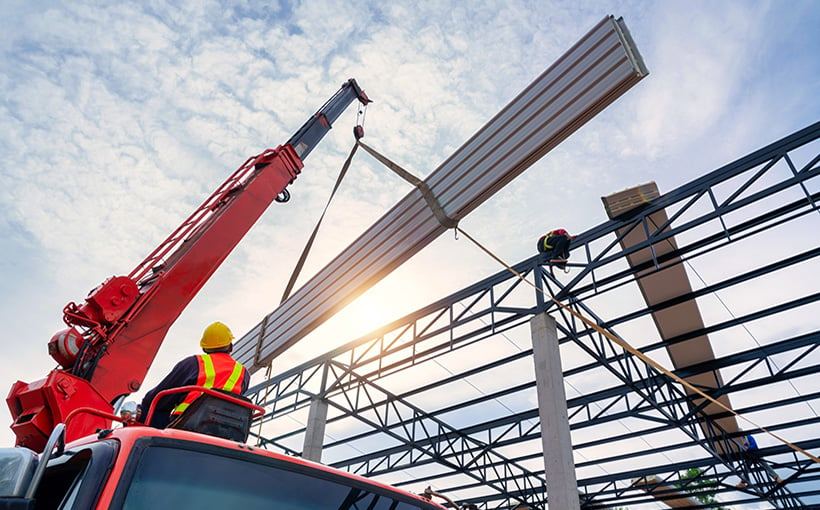In recent years, the industrial construction sector in the United States has experienced a surge of activity, resulting in a significant increase in new inventory. However, this trend is now slowing down as the construction pipeline begins to cool off. According to Cushman & Wakefield’s “Americas Industrial Construction Cost Guide,” developing new industrial properties presents numerous challenges for developers and tenants due to high costs and labor constraints.
The guide analyzed 45 markets across North and South America, focusing on distribution centers of various sizes. It revealed that while construction costs have decreased from their peak levels, they are still rising at a moderate pace compared to previous years. In March 2024 alone, building costs increased by 2.6% year-over-year (YoY), with an overall YoY increase of 3.8%. However, these increases are within average ranges over the past decade despite current inflationary conditions.
One major obstacle facing developers is finding skilled workers amid a tight labor market where job openings outnumber hires by nearly ten percent as of February 2024. This shortage also contributes to rising labor costs; wages increased by 4/9% YoY compared to private earnings’ growth rate of only 4/2%. As long as this imbalance persists between supply and demand for workers continues , analysts predict continued upward pressure on wages throughout the rest of this year.
The southern U.S., particularly Texas , along with Mexico have seen significant development activity thanks partly due partially because companies seek out lower-cost production options closer proximityto home . The pandemic highlighted vulnerabilities within global supply chains prompting many businesses chooseing opted for local or regional production instead . Additionally Furthermore , government initiatives aimed at supporting national security encourage further investment in domestic manufacturing capabilities which often take place southofthe borderin Mexico due its low operating expensesand close proximityto American markets .
For those seeking cost-effective options outside North America Canada or expensive cities like Seattle Toronto Vancouver Calgary Miami Cleveland , and Seattle, Dallas and Houston offer more affordable alternatives. Meanwhile, Latin American cities such as Guadalajara Mexico City Monterrey Costa Rica also present attractive options for lower construction costs. Despite the recent slowdown in industrial construction activity, price pressures remain a significant factor for developers and tenants alike to consider when planning new projects.




